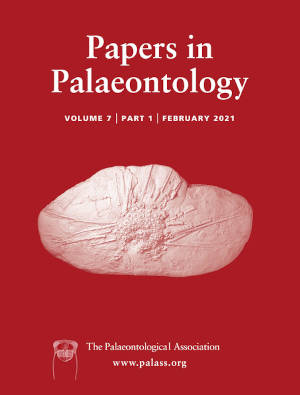Reg. Charity No. 1168330

Two fossil representatives of the extant genus Ankothrips are described from French amber, namely, the Late Cretaceous Ankothrips dupeae sp. nov., from Vendean amber, and the earliest Eocene Ankothrips deploegi sp. nov., from Oise amber. We discuss the differences between the middle Eocene Baltic amber genus Archankothrips and Ankothrips, concluding that the two genera are extremely similar with only one significant difference in male specimens. The disjunctive distribution of the extant species along with the presence of one Late Cretaceous species strongly suggest an Early Cretaceous origin for Ankothrips. The genus is therefore very ancient and has had a remarkable morphological stability for the last 94 million years. This situation is unique among the Cretaceous thrips, and rare among insects (only c. 3% of the genera in the well-documented mid-Cretaceous Burmese amber are still extant). We propose some hypotheses that could explain the stability of Ankothrips through time.